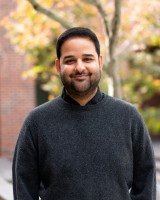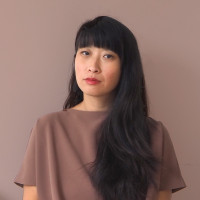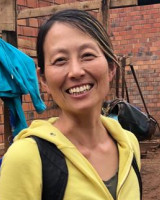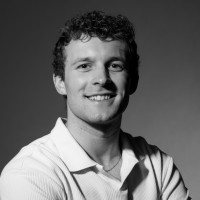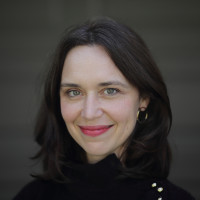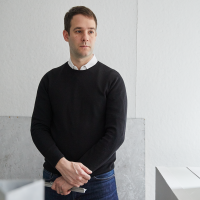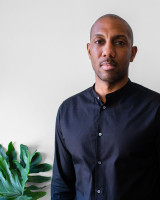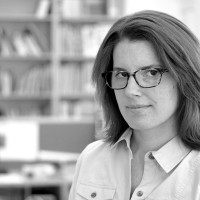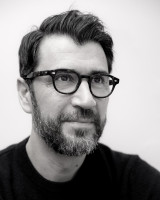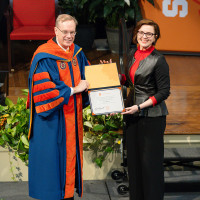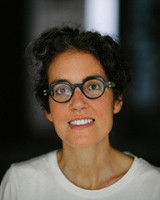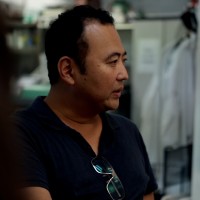Our New York City program immerses students in the complexities and joys of architectural design in the country’s largest and most diverse city. The program’s home is the Syracuse Fisher Center, located in the heart of Manhattan’s midtown east and overlooking Madison Avenue. From here, students analyze, discuss, and visualize the forces that constantly reshape the city, from real estate to policy to urban design.
As an upper-level architecture student enrolled in a professional degree program, we offer an invaluable experience to give you a leading edge as you prepare for your architectural career. Prior completion of at least four(4) semesters of architectural design studio from a professionally accredited architecture program is required for admission. Study for a semester or summer.
STATE-OF-THE-ART FACILITY
The Syracuse University Fisher Center, launched in 2014, features 20,000 square feet of space for the architecture program and for performing arts departments in the School of Visual and Performing Arts and the S.I. Newhouse School of Communications. The Fisher Center learning environment includes architecture studios, “smart” classrooms, and a lecture hall.
ROBUST CURRICULUM FOCUSED ON URBANISM
When dealing with composite urban issues, collaboration is necessary. The core of the program is a coordinated design studio and real estate development seminar, which combines the design of architectural form, land use, and zoning policy with development, market analysis, and financial modeling. Students work in teams to create architectural and development proposals for specific neighborhoods, with sites ranging from the South Bronx to the Gowanus Canal and out to the coastal reaches of Jamaica Bay. Additionally, courses in city planning, eco-urban systems, and the politics of architecture provide different frames to understand the city and how it works.
IMMERSION IN NYC DESIGN CULTURE
Learning from New York also means getting out in the field, beyond the classroom. Each semester, the program includes a series of site visits that highlight the contested nature of urban change. A lecture and workshop series connects students to design professionals and organizations. And, to strengthen ties between academia and praxis, an internship course offers students a variety of paid, professional design experiences.
